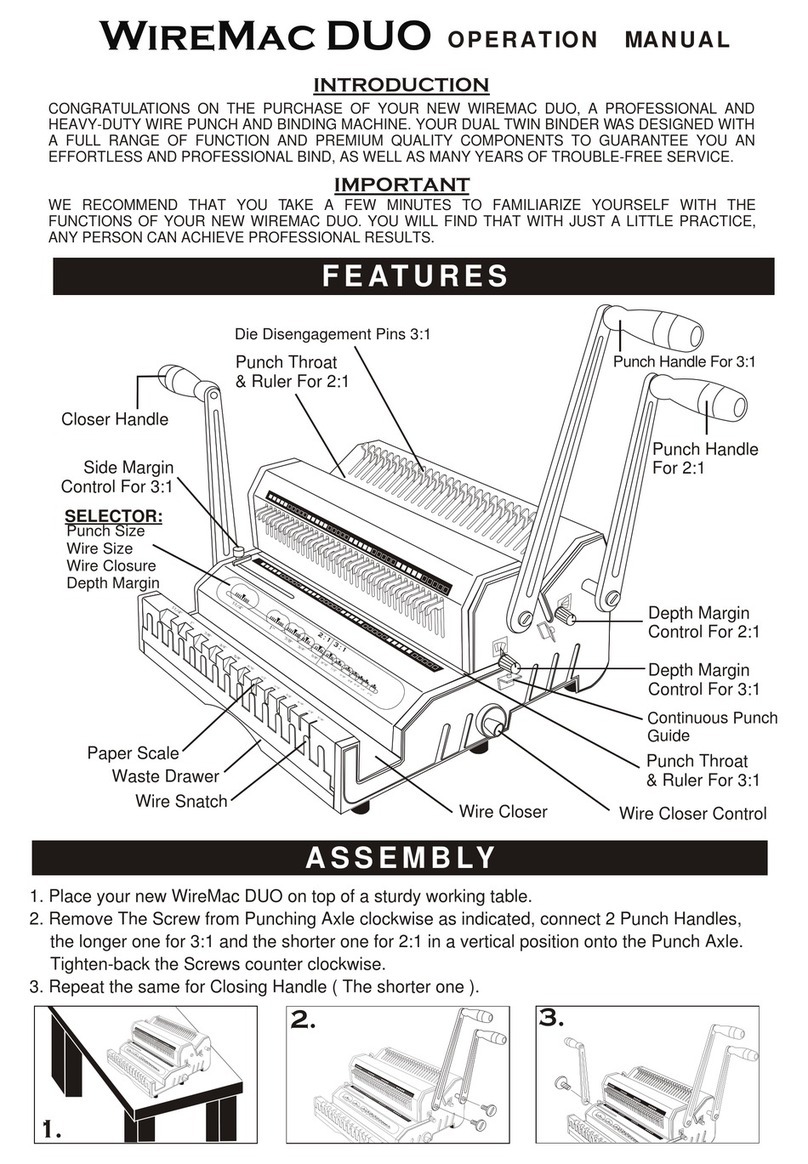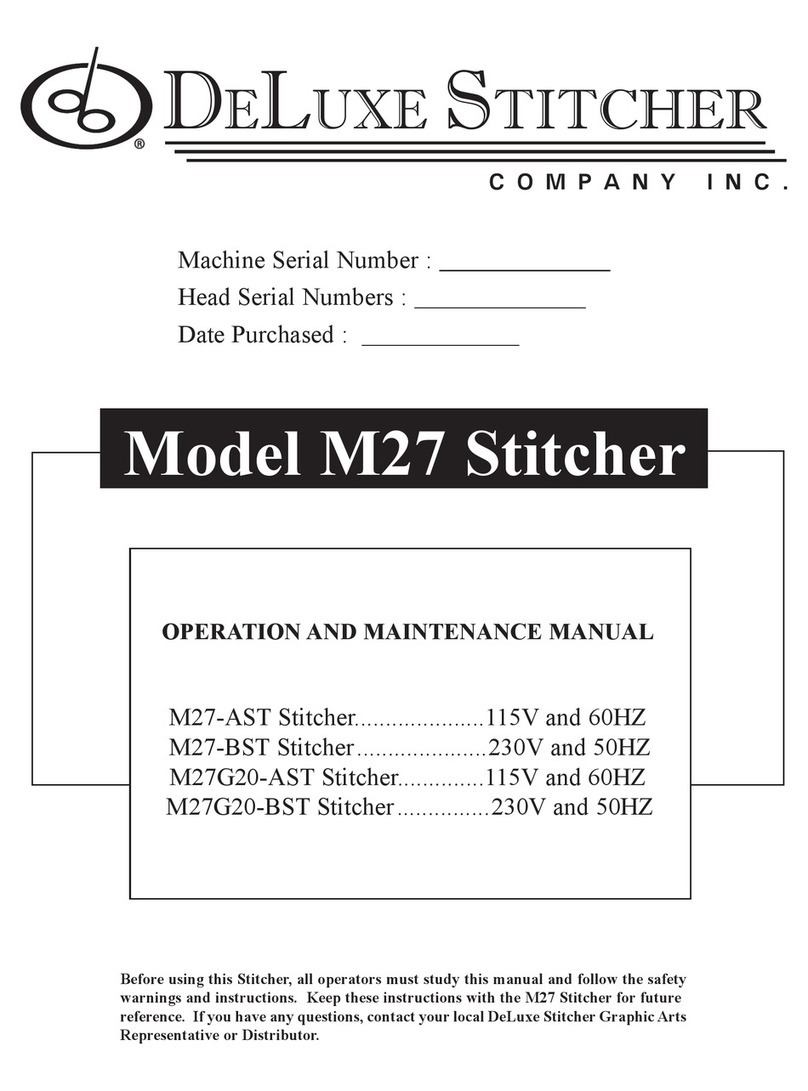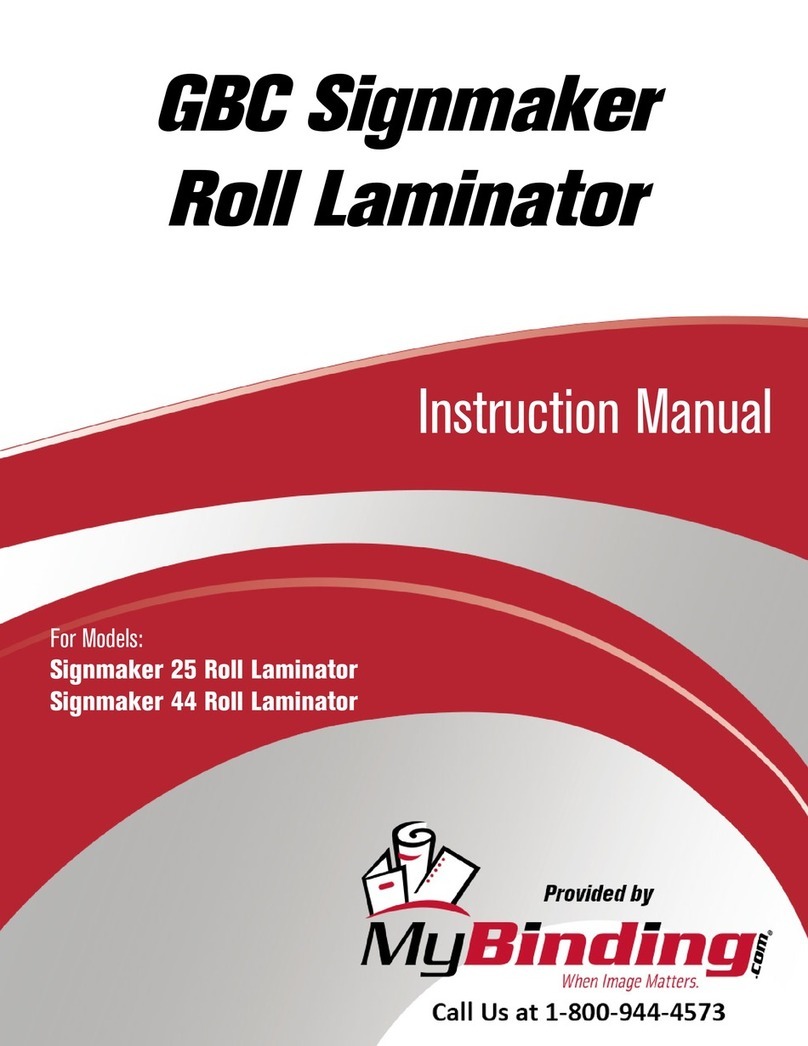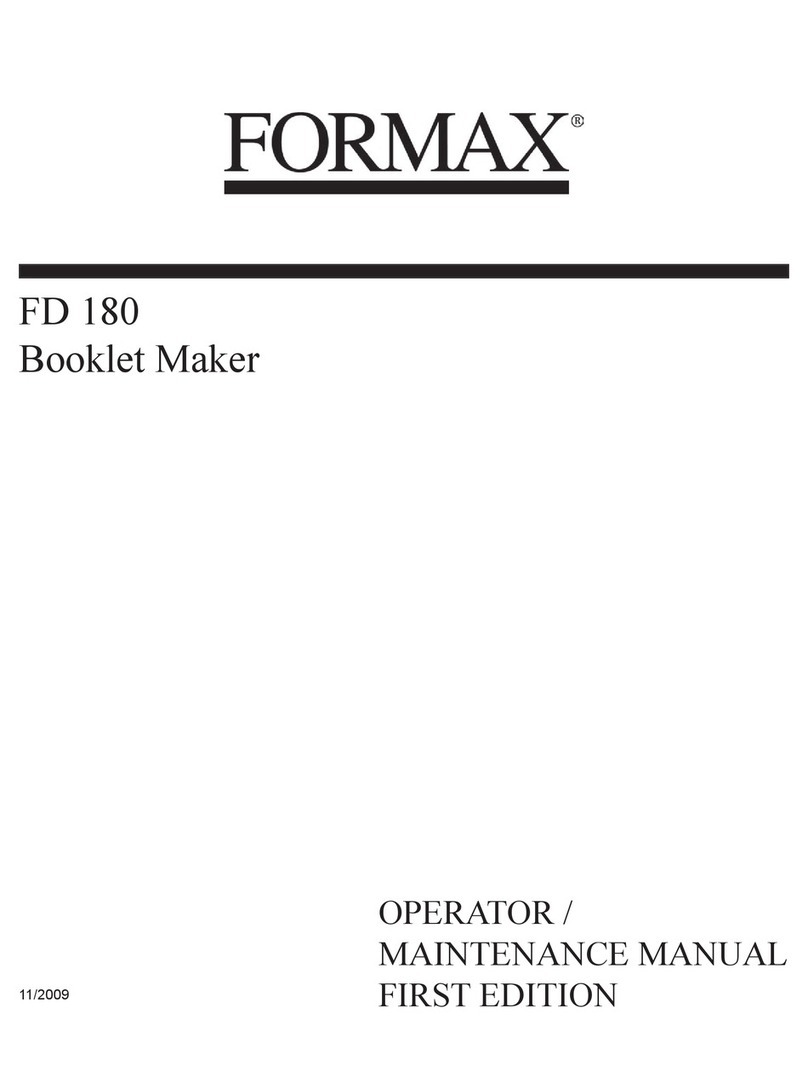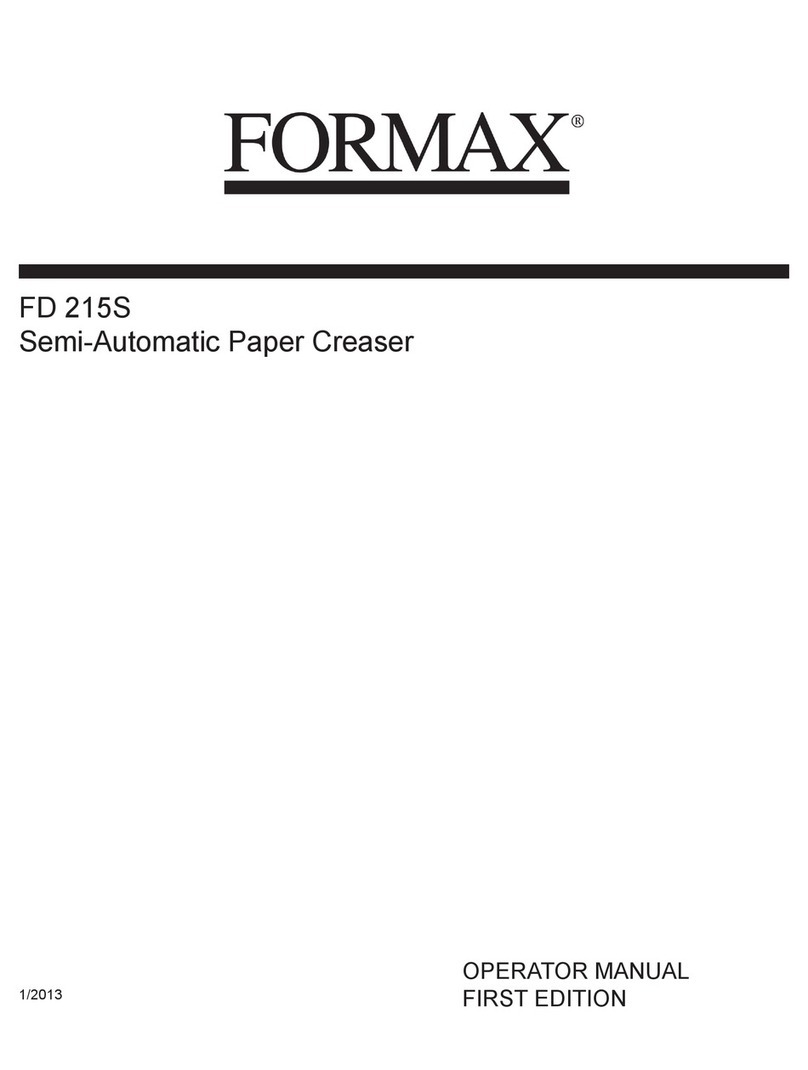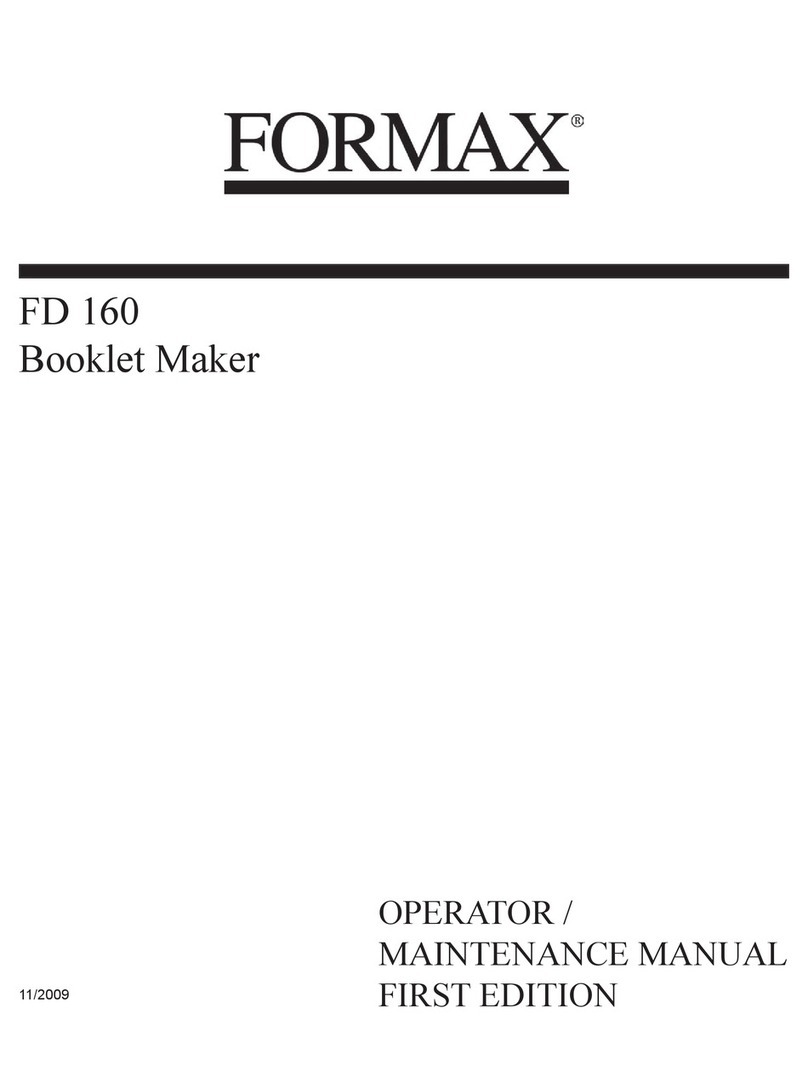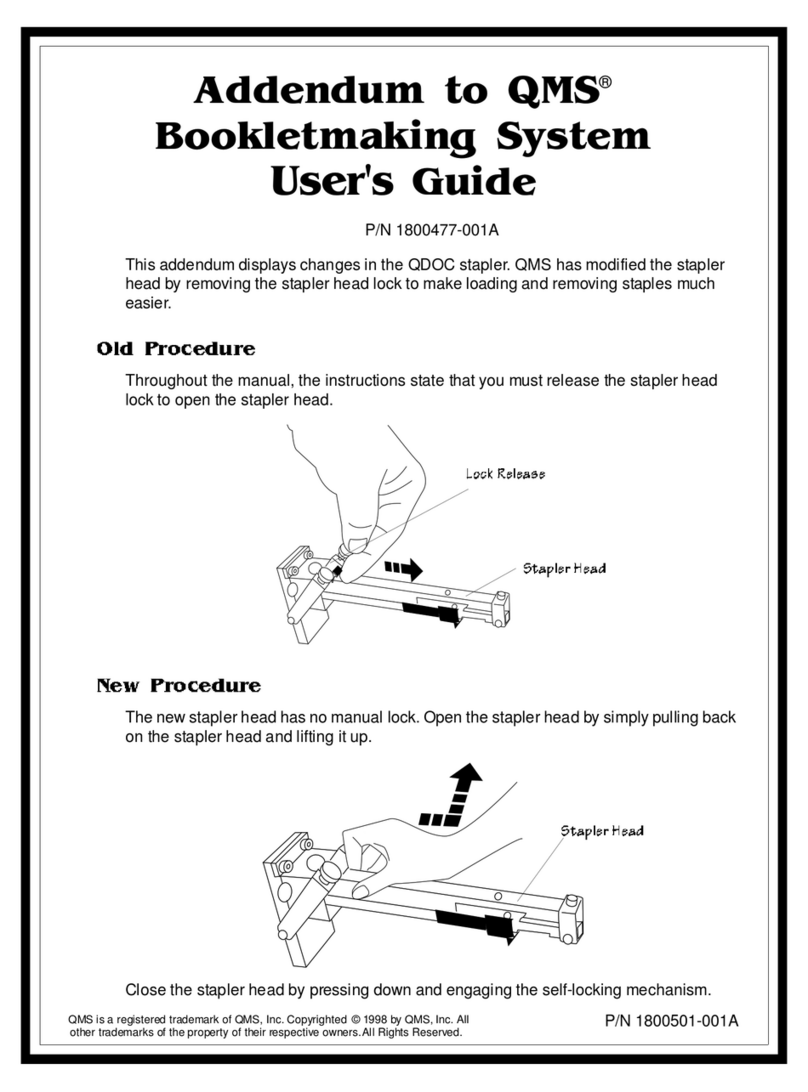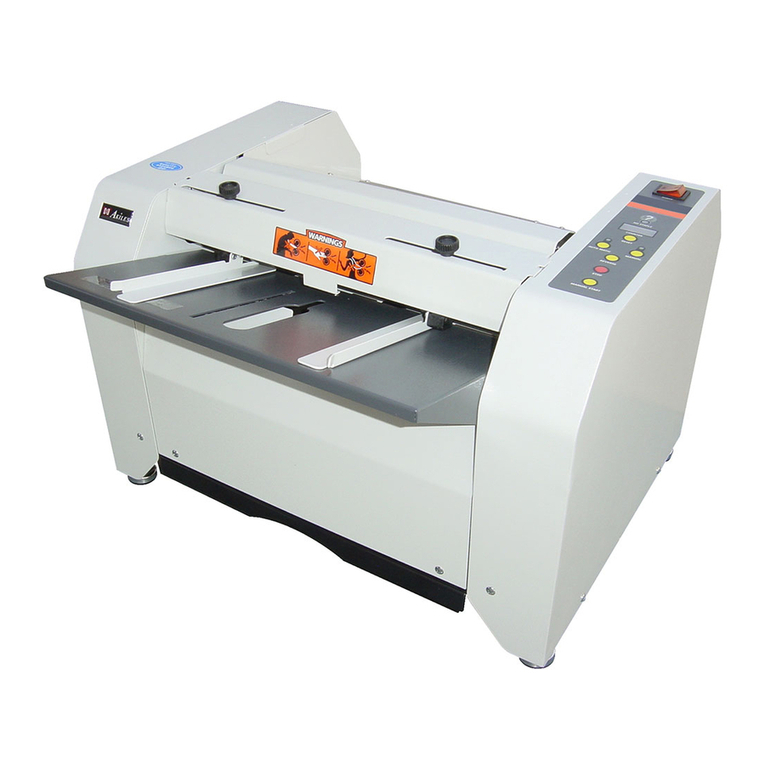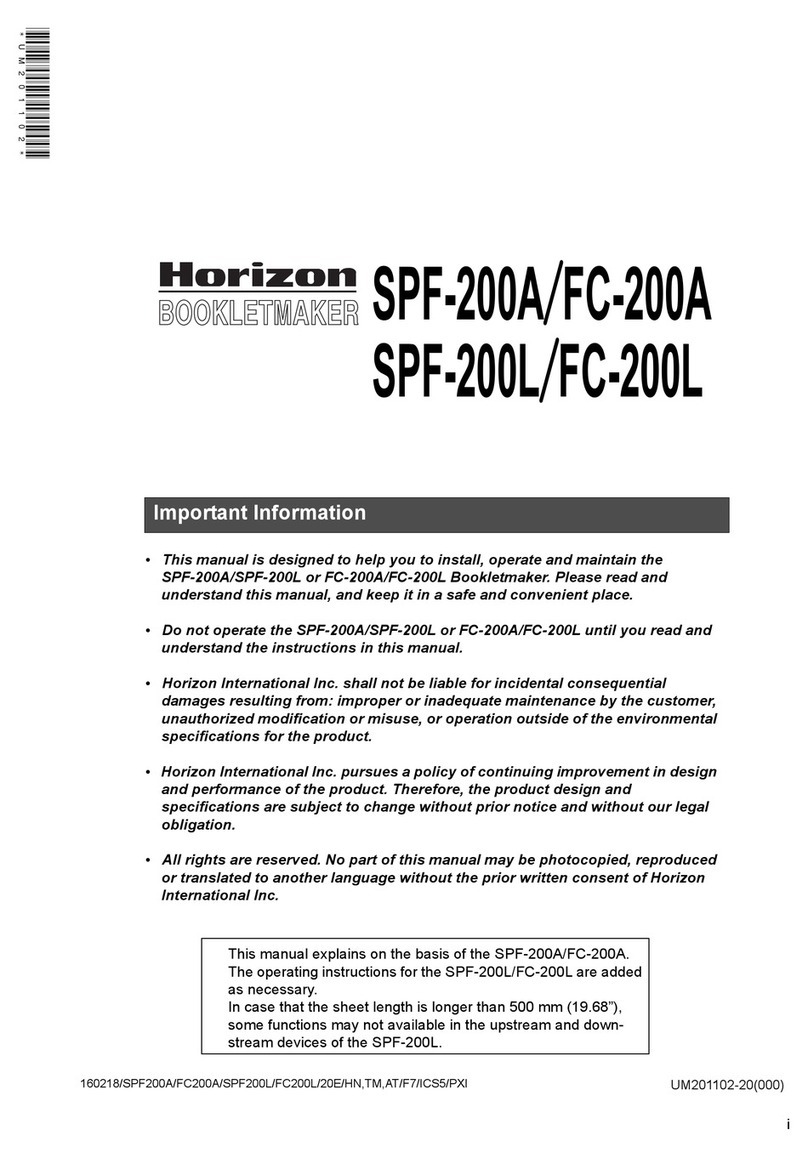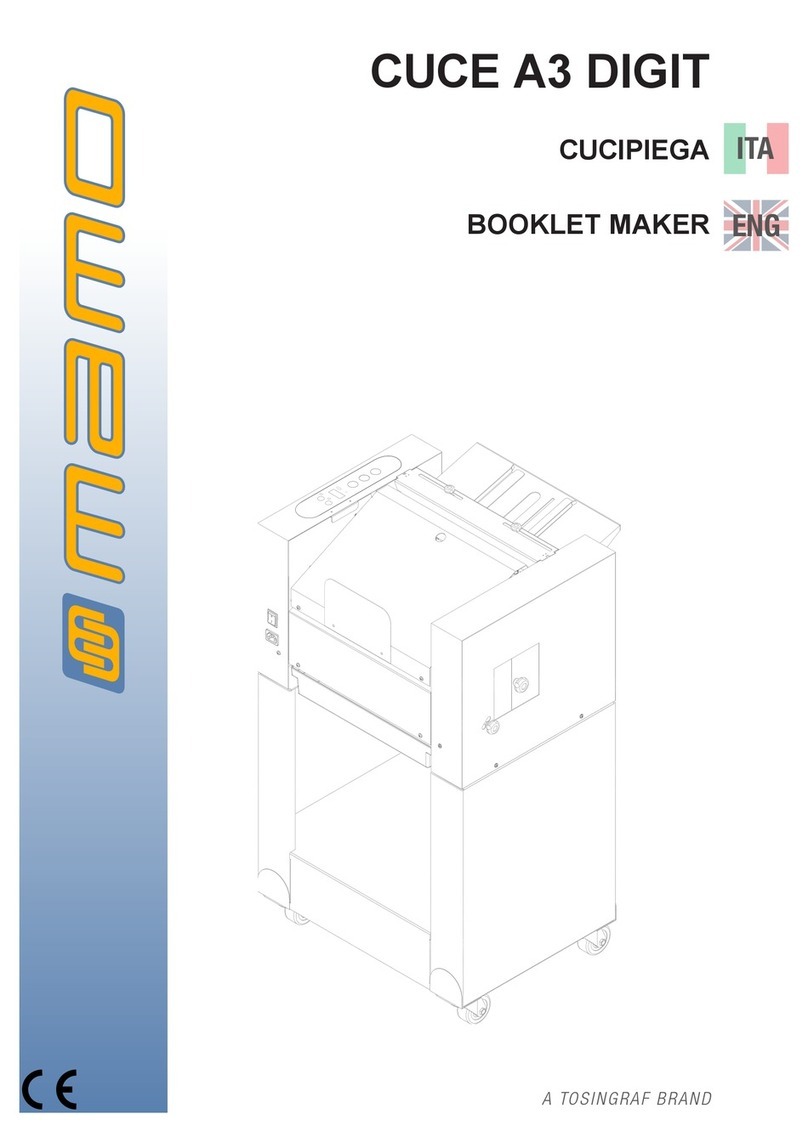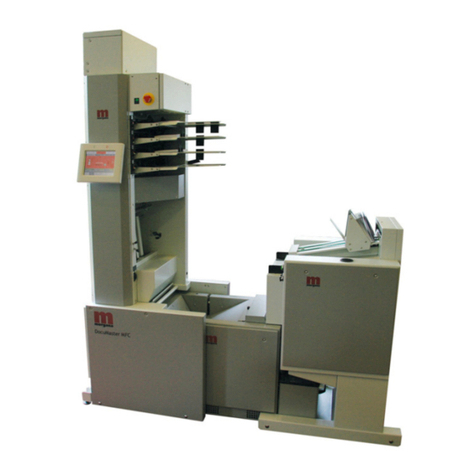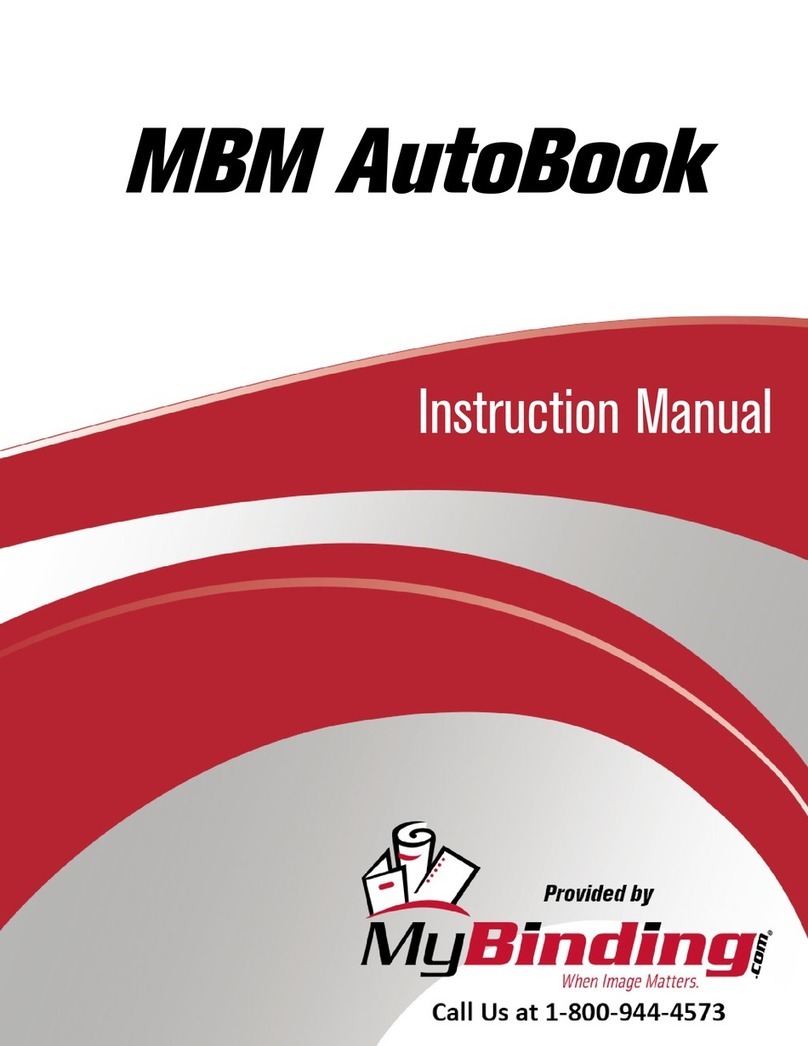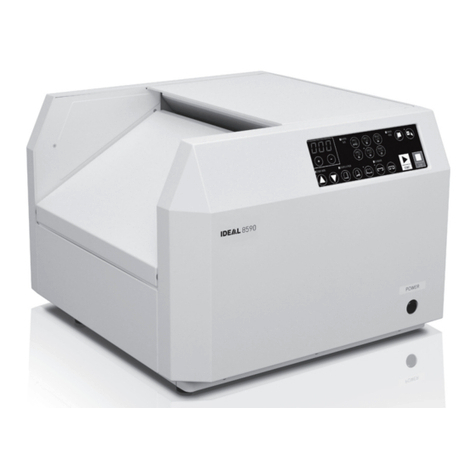Operator's Manual 3950 Series General
10
Organizational
Measures
The operator's manual must always be available near the machine.
In addition to reading the operator's manual, observe and instruct the user in all other
generally applicable legal and other mandatory regulations relevant to accident
prevention and environmental protection.
The operator's manual must be supplemented by instructions covering the duties
involved in supervising and notifying special organizational features, such as job
organization, working sequences or the personnel entrusted with the work.
Personnel entrusted with work on the machine must have read the operator's manual
and in particular the chapter on safety before beginning the work.
Reading the instructions after work has begun is too late.
This applies especially to persons working occasionally on the machine, e.g.
during setting up or maintenance.
Check, at least from time to time, whether the personnel is carrying out the work in
compliance with the operator's manual and paying attention to risks and safety factors.
For reasons of safety, long hair must be tied back or otherwise secured, garments must
be close-fitting and no jewelry - such as rings - may be worn.
Injury may result from being caught on moving parts.
Observe all safety instructions and warnings attached to the machine.
See to it that safety instructions and warnings attached to the machine are always
complete and perfectly legible.
In the event of safety-relevant modifications or changes in the performance of the
machine during operation, stop the machine immediately and report the malfunction
to the competent person.
Never make any modifications, additions or conversions which might affect safety
without the manufacturer's approval. Adhere to prescribed intervals or those specified
in the operator's manual for routine checks and inspections.
Selection of Per-
sonnel, Basic
Responsibilities
Employ only trained or instructed staff and set out clearly the individual responsibili-
ties of the personnel for operation, set-up, maintenance and repair.
Work on the electrical system and equipment of the machine must be carried out only
by a skilled electrician in accordance with electrical engineering rules and regulations.
Standard Operation Avoid any operational mode that might be detrimental to safety. Take the necessary
precautions to ensure that the machine is used only in a safe and reliable state.
Operate the machine only if all protective and safety-oriented devices, such as re-
movable safety devices, emergency stops, sound proofing elements, are in place and
fully functional. In the event of malfunctions stop the machine immediately and pre-
vent further use. Have any defects rectified immediately.
Before starting up or setting the machine in motion, make sure that nobody is in dan-
ger.
Special Work,
Maintenance,
Repair
Observe the adjusting, maintenance and inspection activities and intervals set out
in the operator's manual, including information on the replacement of parts and
equipment.
Pull the power plug for maintenance and repair work or before opening the control
box.
If the machine is completely shut down for maintenance and repair work, it must be
secured against inadvertent starting by attaching a warning sign to the main switch.
Always tighten any screw connections that have been loosened during maintenance
and repair.
Special Dangers The electric equipment of machines is to be inspected and checked at regular intervals.
Defects such as loose connections or scorched cables must be rectified immediately.
